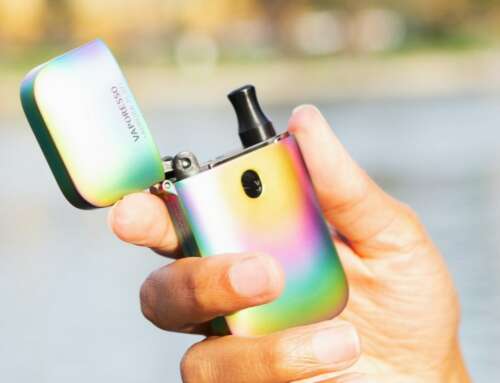When bringing up the subject of drug use in Australia, people’s minds often go to ‘the usual suspects’: alcohol, cannabis and ecstasy. These three drugs usually get the most attention, and because of heightened media exposure (currently), methamphetamine (including ice) often gets a mention too. However, Australian’s use of all these drugs is either steady, or declining1.
From 2010 to 2013, the only form of illicit drug use that increased was the misuse of pharmaceuticals. Like all illicit drug use, only a small proportion of the population engages in it (approximately 4.7%)1. The most common types of misused medication were painkillers (analgesics) or sleeping pills (benzodiazepines).
Young Australians who misuse painkillers first do so on average at 15.0 years old1. This is earlier than the average age to first try drugs like alcohol (15.7 years) or tobacco (15.9 years)1. It is the youngest average age for the non-medical use of any drug. When taken as directed, and for the purposes directed, painkillers are usually safe and effective. Like any drug, however, they do carry a risk, and this is enhanced if the drug is taken outside of the boundaries of its medical use. So what should a person keep in mind when taking prescription or over-the-counter medicines like painkillers?
- Remember that even over-the-counter medicines can cause harm.
For example, over-the-counter cold and flu tablets, nurofen plus, and other painkillers marketed as ‘strong pain relief’ can contain codeine. Codeine is derived from morphine and carries a risk of dependence. The risk of dependence and other harms increases with extended use and higher doses. As a result, stronger painkillers require a prescription. Avoiding extended use of strong pain medication, unless advised by a doctor or pharmacist, can reduce the risk of harm.
- Do not give your medications to others, even if they have similar symptoms.
There are a variety of factors that a doctor or pharmacist takes into account when recommending a medicine. Age, medical history, other medication being taken, how much is needed, how often it should be taken and many other factors are considered. If a friend isn’t feeling well, suggesting they see a doctor or a pharmacist is a safer option.
- Stockpiling is not a good idea
This point relates to prescription medications for an acute medical condition. Some people may have an accident, surgery, or some other medical condition that requires very strong pain relief for a short period of time. Once that condition is resolved, it can be tempting to keep the leftover medication ‘just in case’. However, easy access to prescription medication without the need to consult a medical professional, increases a person’s chances of using it incorrectly and the risk of harm.
- Even ‘safe’ pharmaceuticals can cause harm if used incorrectly
For example, paracetamol (brand name Panadol), is the most commonly used medication around the world. Approximately 95% of students have used paracetamol, or some other similar painkiller, by the time they reach 17 and most don’t experience any negative effects. However, when taken above the recommended dose, paracetamol can be very dangerous. Paracetamol overdose is the number one cause of acute liver failure in developed countries2.
In short, the benefits of pharmaceuticals must be balanced against the potential harms. As we encourage all young people in our Party Safe Education program, just because a drug is ‘legal’ doesn’t necessarily mean it’s safe. Following the advice on the medication packet, and the advice of a doctor or pharmacist will help ensure that the risk of misuse and harm is low.
– Andrew Scholefield
More information about Encounter Youth and their Party Safe Education seminars is available from their website www.encounteryouth.com.au.
References
- Australian Institute of Health and Welfare, 2014, ‘National Drug Strategy Household Survey detailed report 2013’, Drug statistics series no. 28, Cat. No. PHE 183, Canberra: AIHW
- Royal Children’s Hospital Melbourne, 2016, ‘Clinical Practice Guidelines: Paracetamol poisoning’, Retrieved 8/7/16 from http://www.rch.org.au/clinicalguide/guideline_index/ paracetamol_poisoning/
Image from Unsplash







Leave A Comment